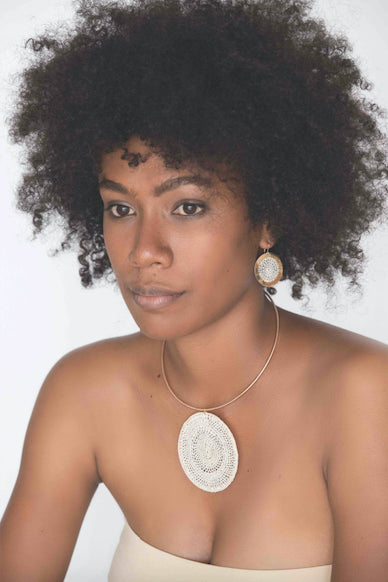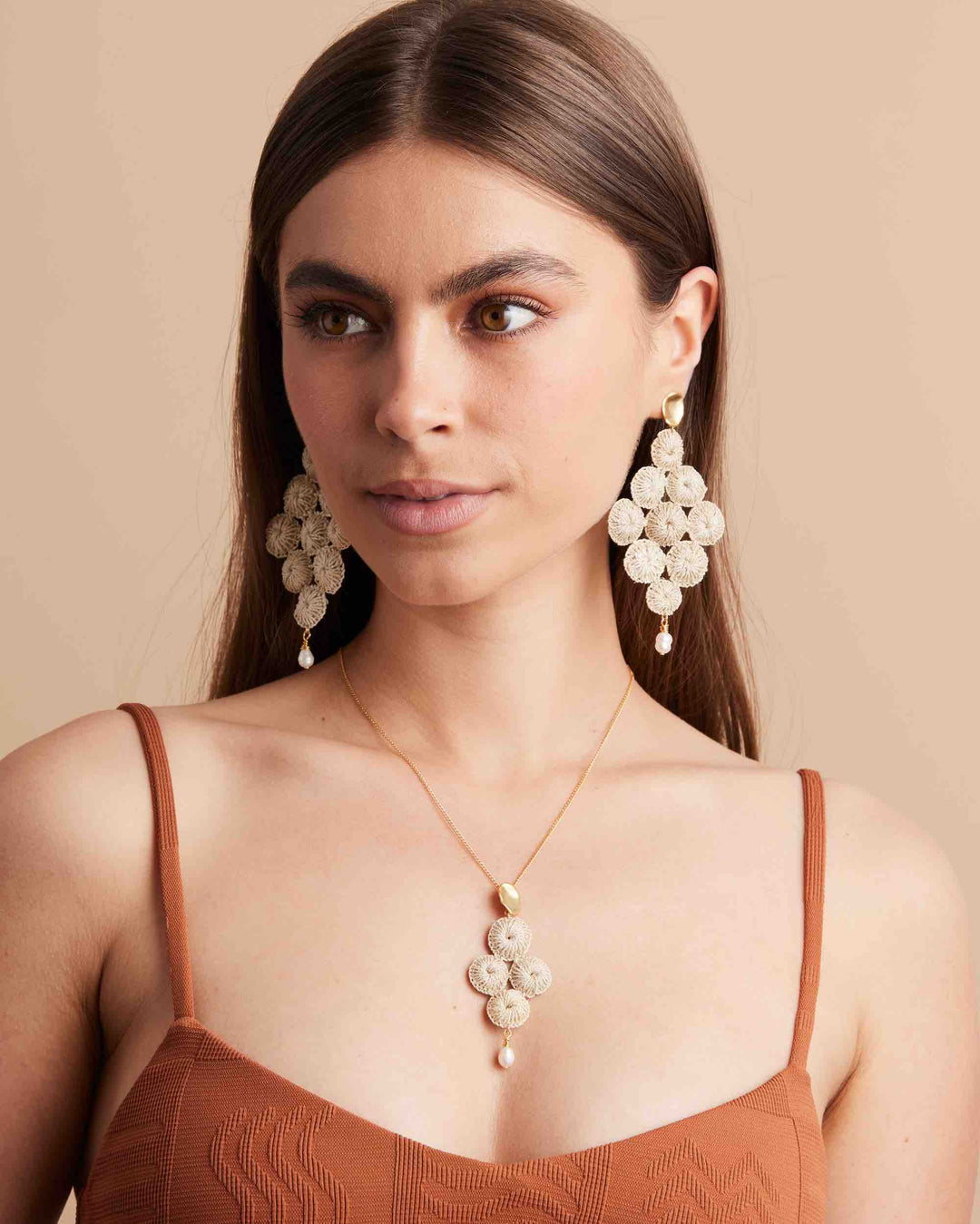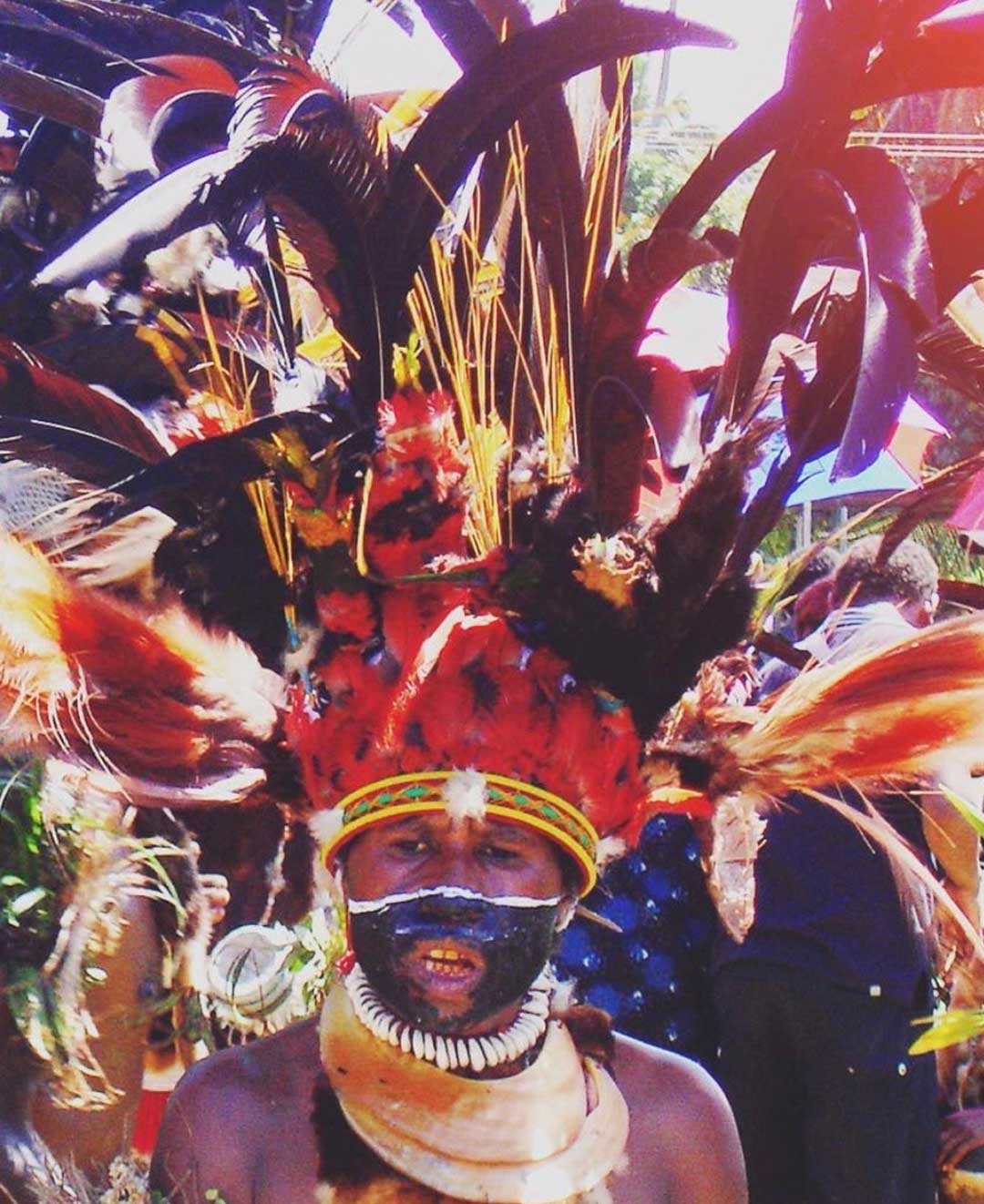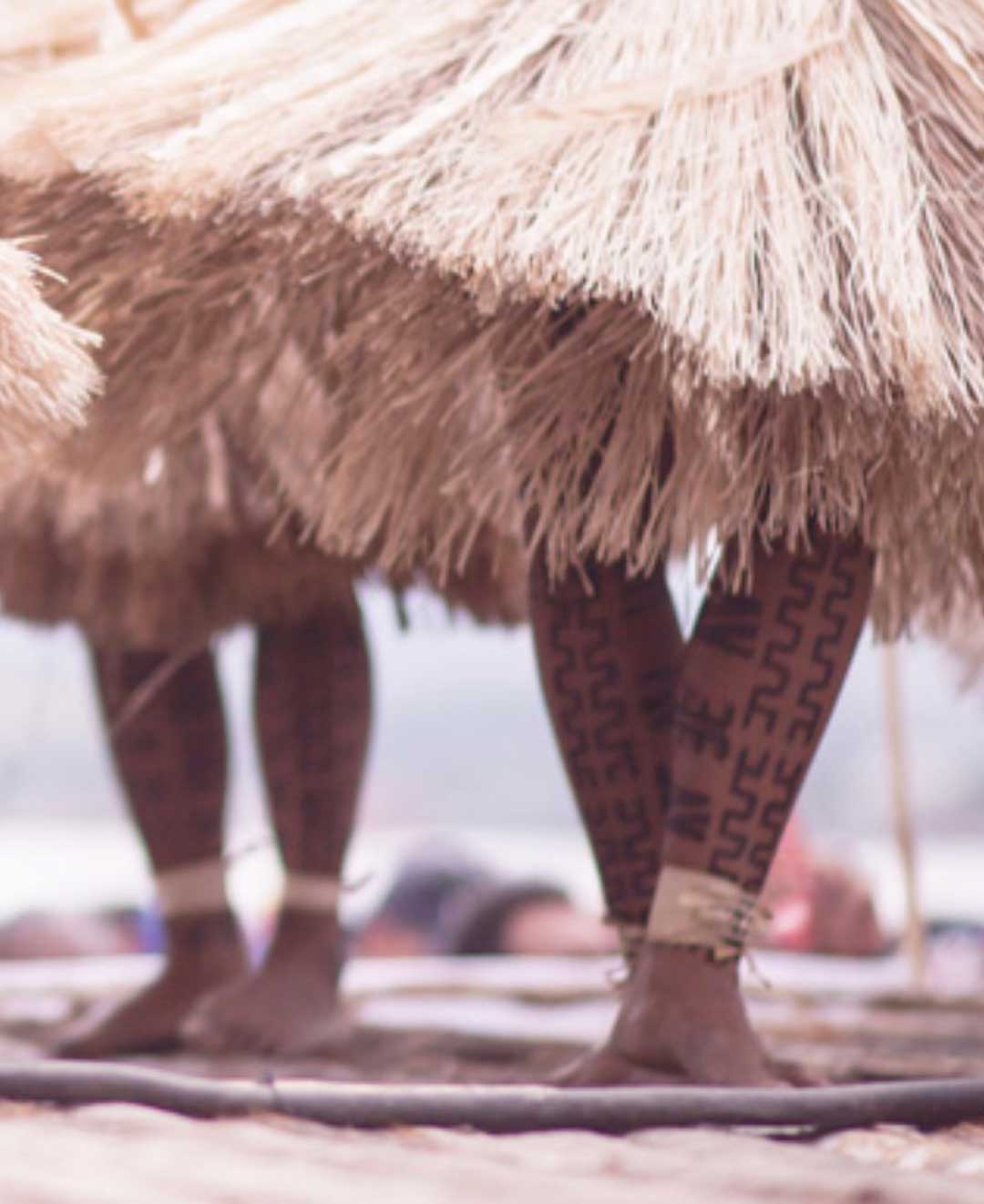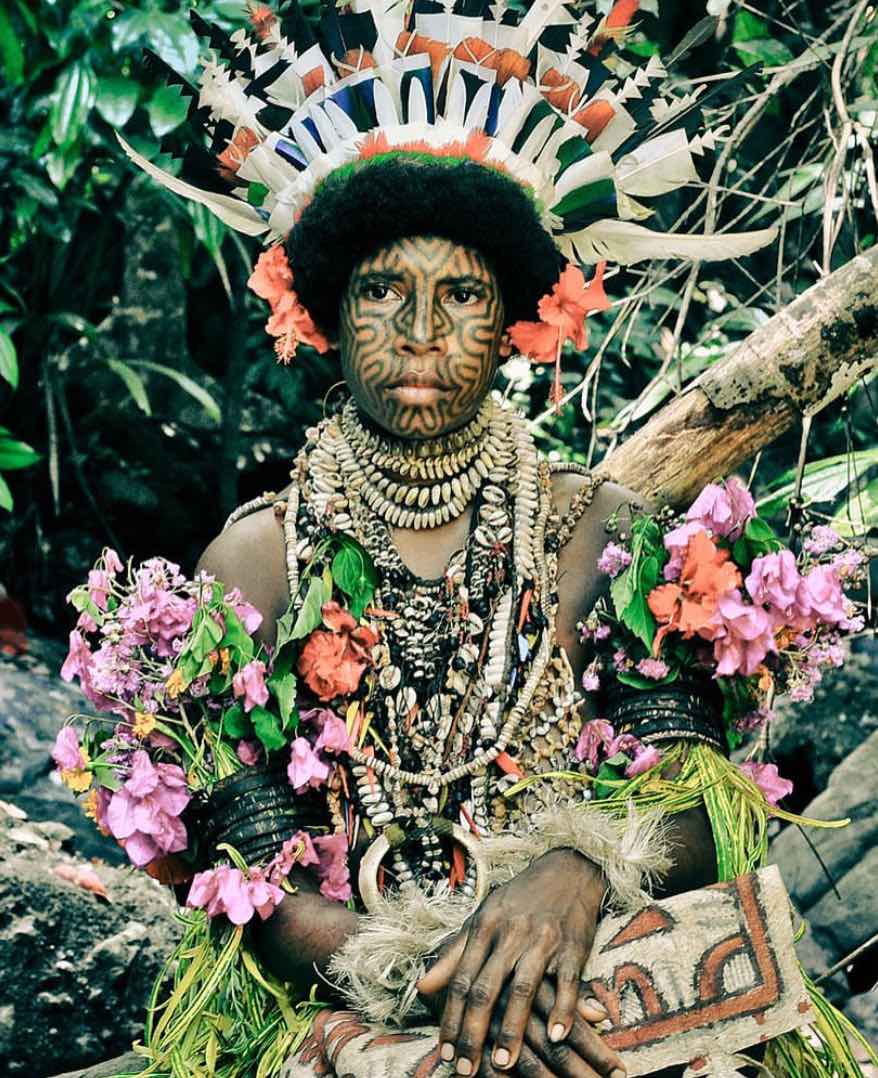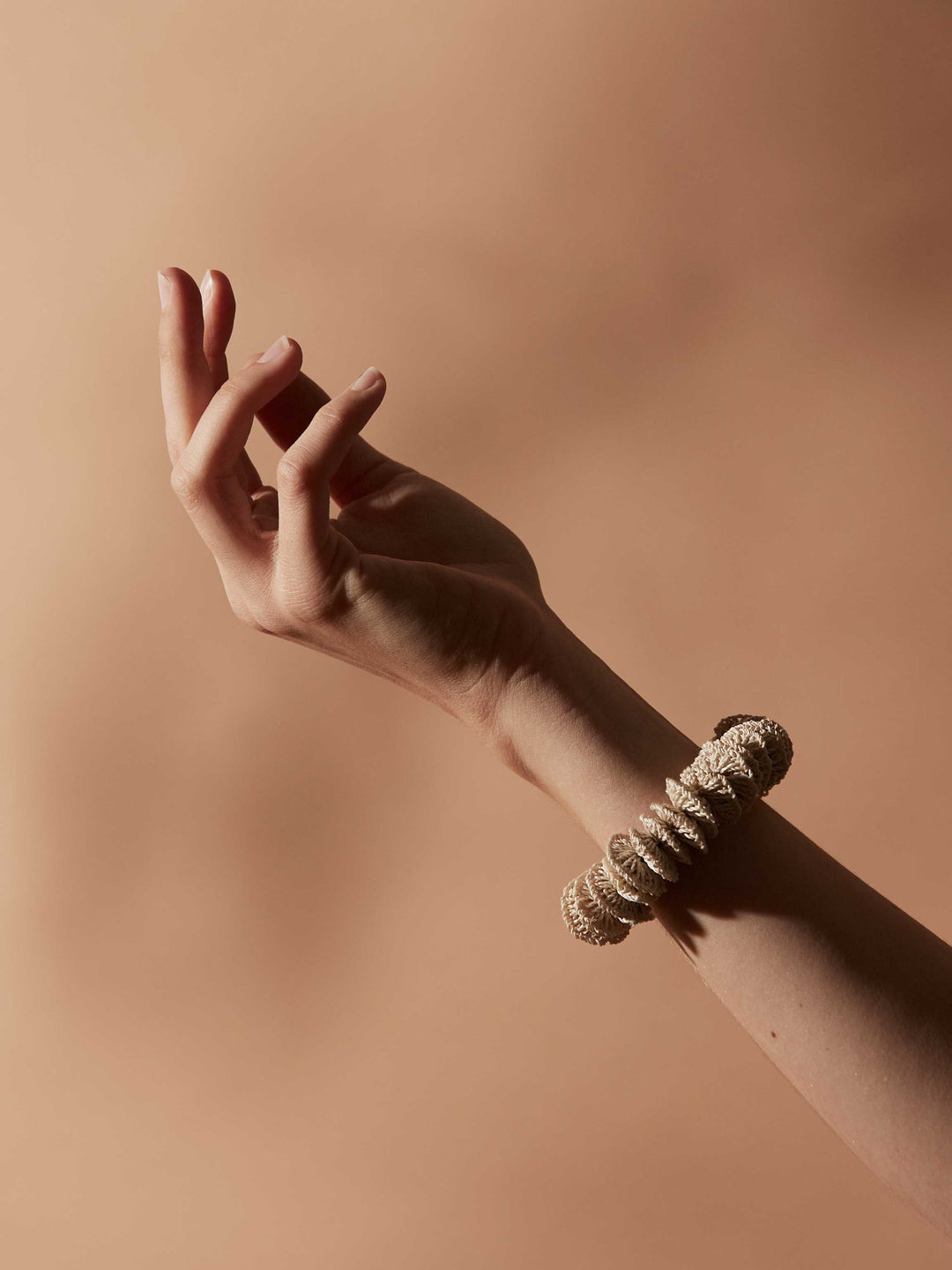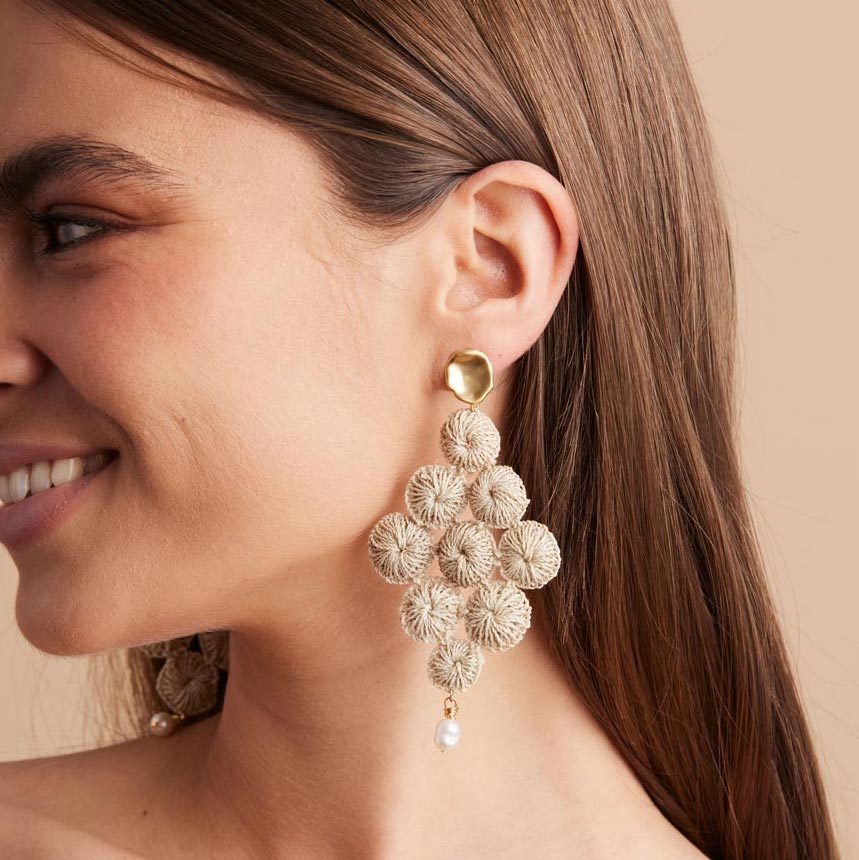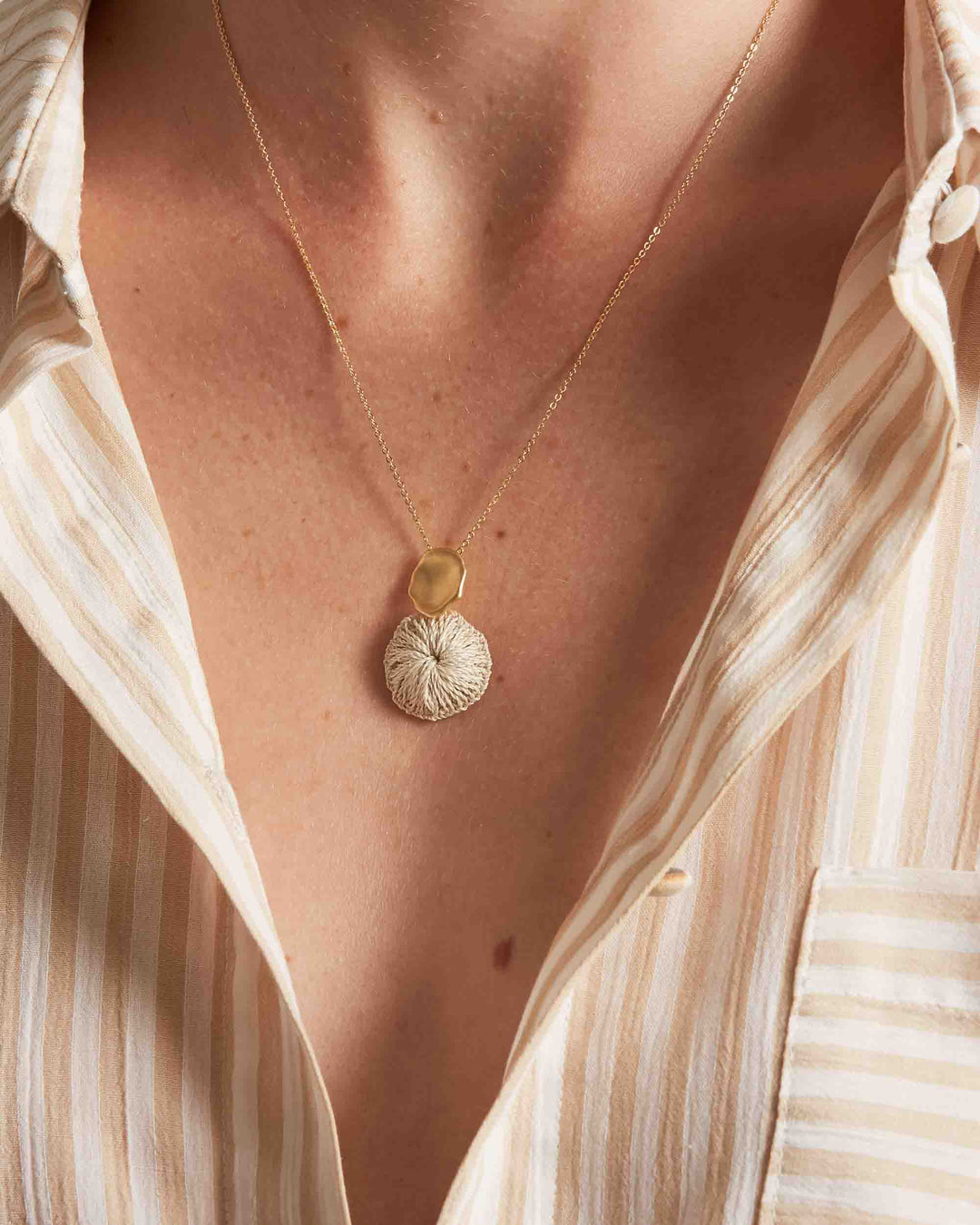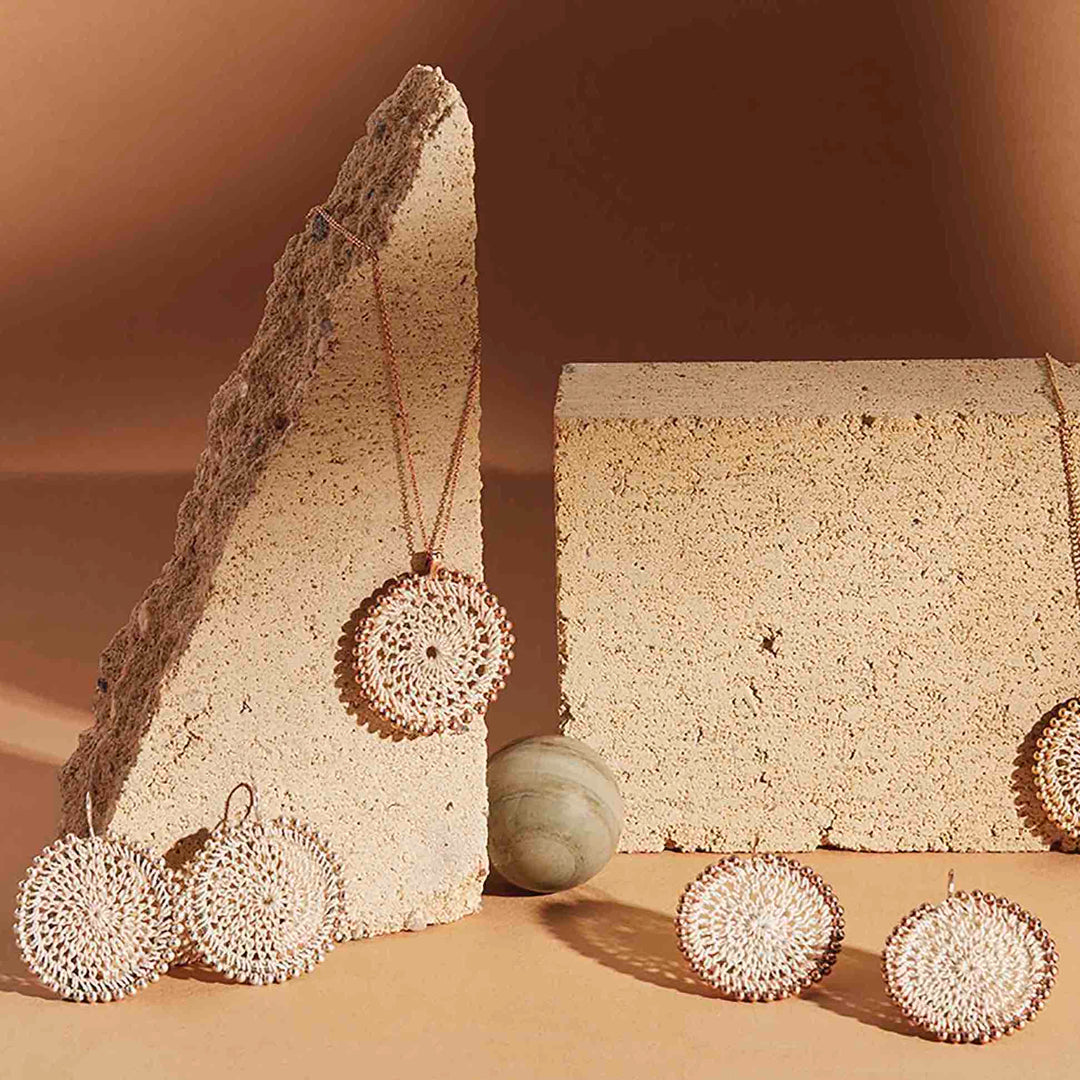The term bilas, taken from one of Papua New Guineas national languages, Tok Pisin, carries a depth of meaning beyond its simple translation of ‘body adornment’ or ‘decoration’.
Bilas is multifaceted, both a name for body adornments and the act of adorning the body, but in essence it’s a form of visual communication.
The need to make sense of the world and create order through categorisation is a universal human trait and cross-culturally adorning ones body signifies who we are and where we belong in the world.
In Papua New Guinea, the cultural practice of body adornment, bilas is used in a wide variety of communication from everyday forms through to the sacred and spiritual. Bilas is used to distinguish tribal groups, create belonging, demonstrate status and wealth, celebrate and mark milestones and represent stages and achievements in life.
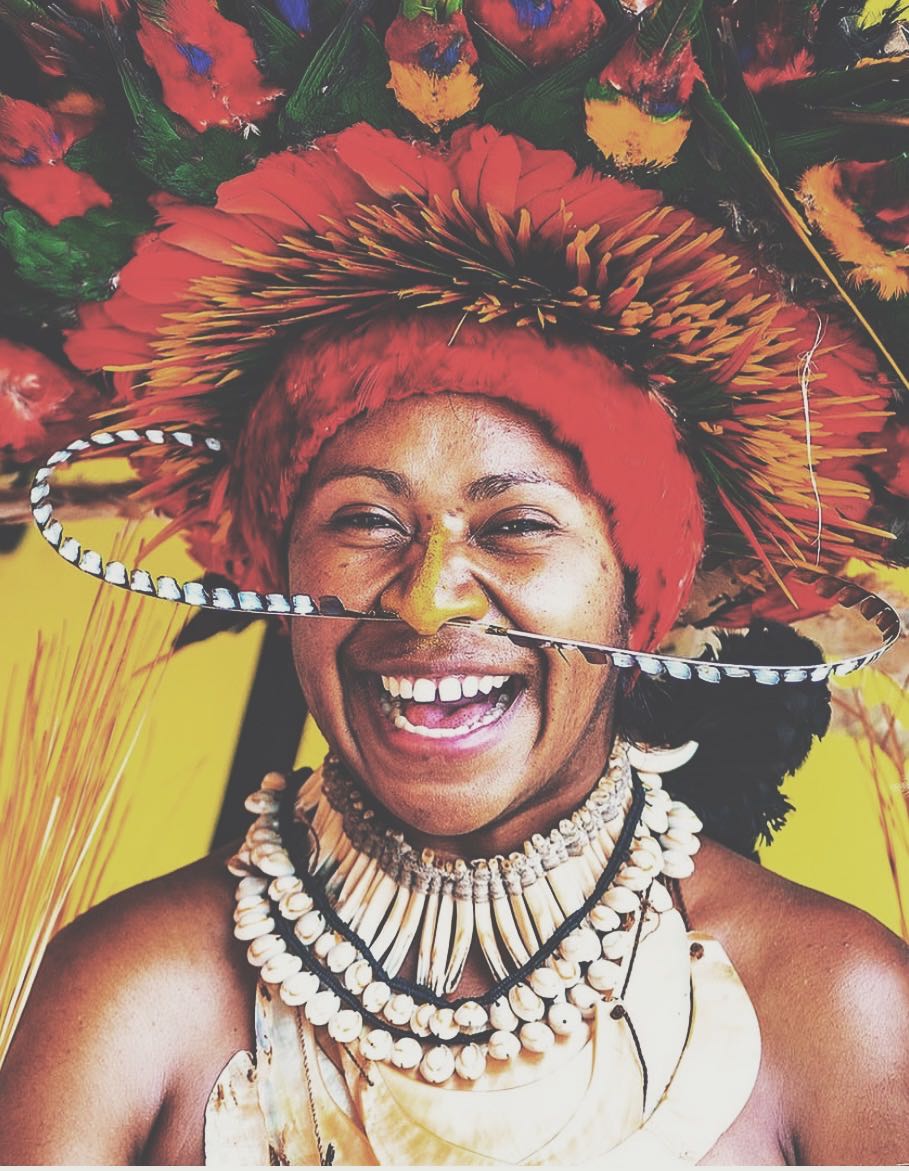
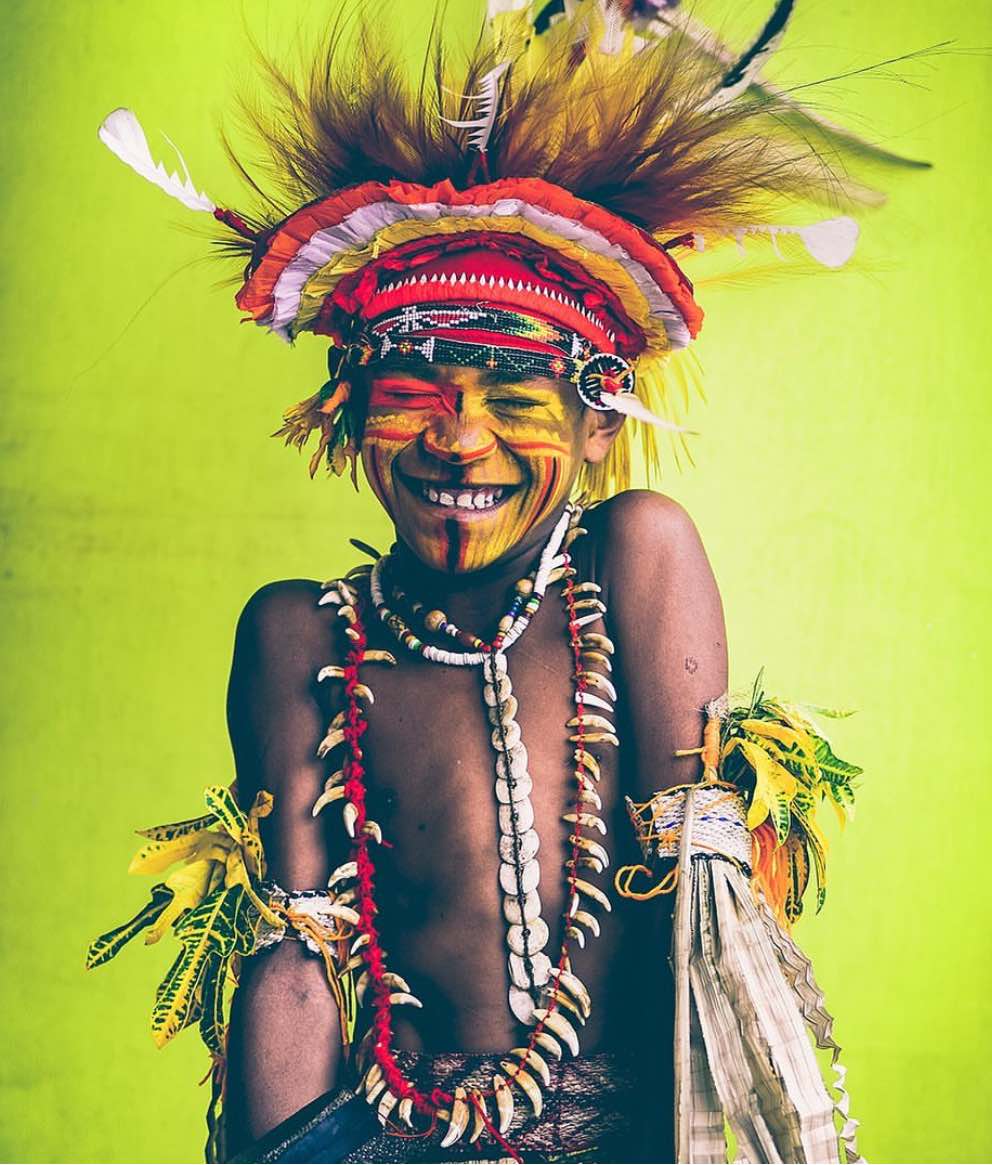
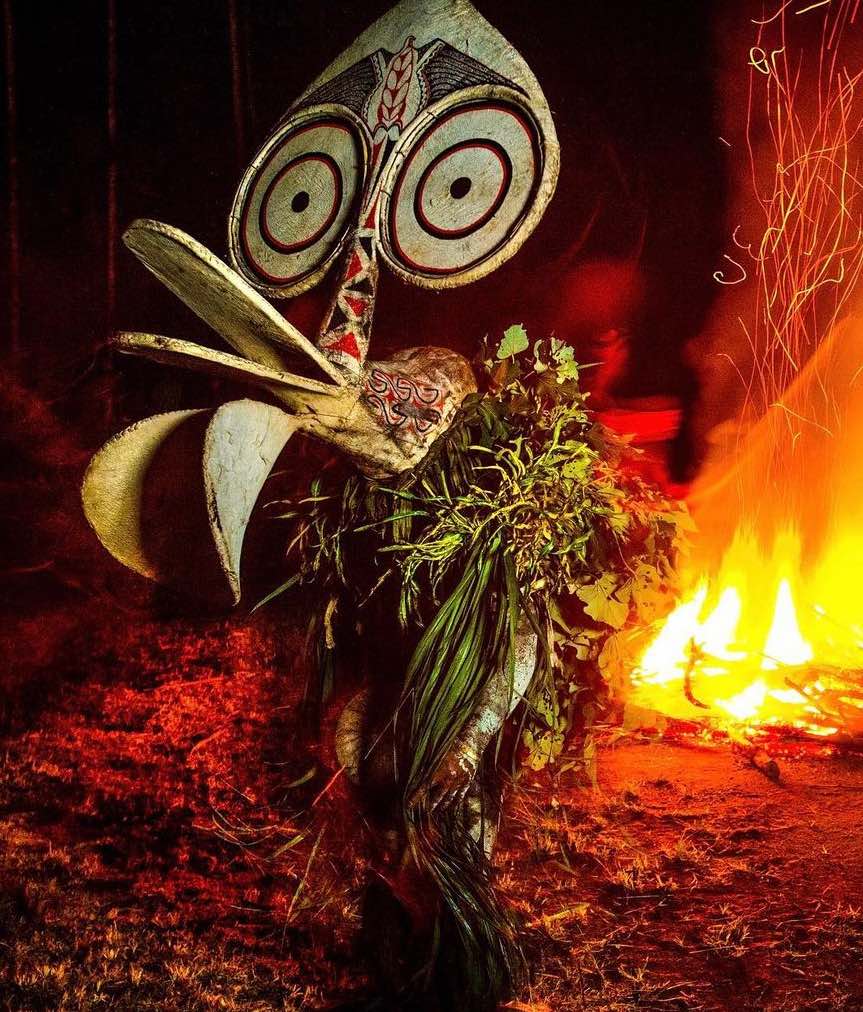
Traditionally, bilas is crafted from natural items such as feathers, shells, leaves and seeds, demonstrating the intrinsic and inalienable tie between the human and the natural world in Papua New Guinea.
The diversity of materials, techniques and mediums used to create different styles of bilas reflects Papua New Guinea’s rich mosaic of tribal groups dispersed across its 21 provinces. Whilst traditional dress is now rarely worn daily, at times of sing sing (festival/celebration) where groups come together, regions or provinces can be distinguished by the different styles of bilas worn as well as the different markings and patterns applied to the face and body by each group.
Other times bilas use can be be used to demonstrate wealth and status. At a bride price ceremony, the bride can be identified with the type of bilas she wears, but also the status of her husband’s clan will be on display through the bilas worn and given as part of the bride price offerings.
Bilas is an important part of our enterprises name. It’s what we do. Wearing a piece of Bilum & Bilas intimately connects you to the women that make our accessories, signifying your uniqueness, curiosity and care about a beautiful and rich culture. Stories and heritage are woven into our pieces, becoming treasured and meaningful adornments for you to tell your story and represent who you are.
